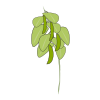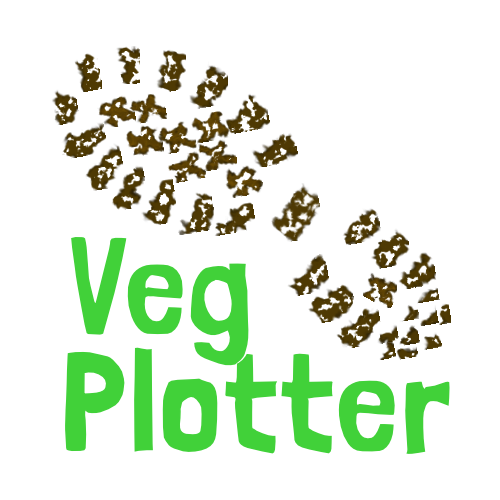Roma Beans is a premium brand dedicated to offering high-quality, versatile beans grown right here in the United States. Known for their robust flavour and tender texture, these Roma beans are carefully cultivated on select American farms using sustainable, eco-friendly practices. The commitment to quality is evident in every step—from seed to harvest—ensuring that each bean delivers exceptional taste and nutritional value. Whether you’re enhancing hearty soups, crafting savoury stews, or creating vibrant salads, Roma Beans USA provides a reliable ingredient that brings both tradition and innovation to your table. Embrace the natural richness and culinary flexibility of Roma Beans USA, and experience the difference that locally sourced excellence can make in your cooking.
How To Grow
Here’s a detailed guide to help you achieve a bountiful harvest:
-
Site Selection and Soil Preparation
Sunlight: Choose a location that receives at least 6–8 hours of full sun daily.
Soil: Beans thrive in well-drained, fertile soil. Before planting, enrich your soil with organic matter such as compost or well-rotted manure to improve fertility and drainage.
pH Levels: Aim for a soil pH between 6.0 and 7.0 for optimal growth.
-
Planting Your Beans
Timing: Plant your bean seeds outdoors after the last frost date, when the soil has warmed up. Beans are sensitive to frost, so ensure the weather is consistently warm.
Spacing: If you’re planting bush beans, space the seeds about 2–4 inches apart in rows that are 18–24 inches apart. For pole beans, sow the seeds about 4–6 inches apart near your trellis or support system.
Depth: Plant each seed about 1–2 inches deep. Cover lightly with soil and gently firm the area.
-
Supporting Growth (For Pole Varieties)
Trellising: If you’re growing pole varieties of Roma beans, provide sturdy supports like trellises, poles, or even a fence. This not only keeps the plants off the ground but also improves air circulation, reducing the risk of disease.
Training: As the beans climb, gently guide the vines towards the supports.
-
Watering and Fertilization
Watering: Beans require consistent moisture, especially during flowering and pod formation. Water deeply once or twice a week, allowing the soil to dry slightly between waterings to avoid root rot.
Fertilization: While beans can fix their own nitrogen, supplementing with a balanced fertilizer or additional compost can promote vigorous growth. Avoid excessive nitrogen fertilizers as they can lead to lush foliage with fewer beans.
-
Maintenance and Pest Management
Weeding: Keep the area around your bean plants free of weeds, which can compete for nutrients and water. Use a light mulch if necessary to help control weeds.
Pest Control: Monitor for common pests like aphids, bean beetles, and spider mites. Use organic or integrated pest management practices if infestations occur. Good airflow and proper spacing help minimize these issues.
Final Tips
Rotation: Rotate your bean crops each year to reduce soil-borne diseases and pest issues.
Local Adaptation: Adjust these guidelines based on your local climate and soil conditions for the best results.
How/When To Harvesting
Harvesting Roma Beans is a crucial step to ensure you enjoy the full flavour and nutritional benefits of your crop. Here’s how to do it:
-
Determine the Right Time
For Fresh Consumption: Harvest when the pods are firm, crisp, and the beans inside have reached a good size but are still tender.
For Dry Beans: Allow the pods to mature fully on the plant. They’ll become dry, brittle, and may change colour slightly when ready for harvesting.
-
Tools and Preparation
Clean Tools: Use clean garden shears or scissors to minimize the risk of disease.
Container: Have a basket or container ready to collect the harvested pods.
-
Harvesting Process
Gently Remove the Pods: Hold the pod and either snap it off with your fingers or use your tools to cut it from the vine. Be careful not to damage the plant or neighbouring pods.
Check the Pod’s Condition: For fresh beans, ensure the pods feel tender. For drying, the pods should be dry and brittle to the touch.
-
Post-Harvest Handling
Fresh Beans:
Remove the beans from the pods immediately or store them in a cool, humid environment if you plan to use them soon.
Rinse the beans with cool water before cooking.
Dry Beans:
Spread the pods out in a well-ventilated, dry area for further drying if needed.
Once fully dried, remove the beans from the pods and store them in an airtight container in a cool, dark place.


